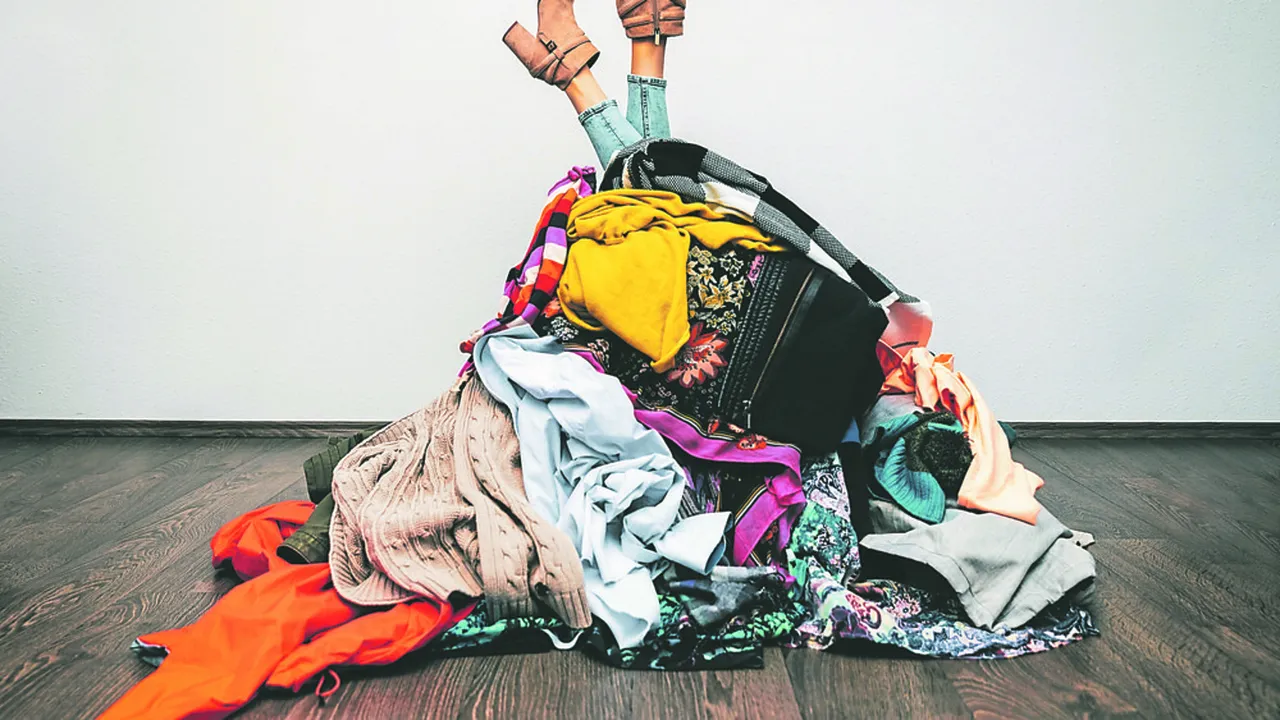
32,000. This is the highest number of ratings left for a user on Vinted. Textile translation: a mountain of clothes bought and shipped all over Europe. Roughly speaking, if we assume that she has been registered on the platform since its creation, fourteen years ago, this person would have sold (or bought) an average of 2,285 items per year. O.K. there are people who have well-stocked closets, or (very) generous aunts in old clothes, but, nevertheless, these figures are interesting.
On the second-hand market, such consumption – let’s say unbridled – is not limited to fashion. The Back Market ads inviting people to buy the penultimate iPhone are a good example of this, while at the same time Apple is promoting the advantages of the latest one. The equation is not so simple: buying second-hand does not necessarily mean consuming less. Worse, would it be a way to get rid of guilt? or a social posture?
This paradox was explained by Joan Le Goff and Faouzi Bensebaa in their book “La Nouvelle Jeunesse de l’occasion” (Ed. L’Harmattan, 2021). “Secondhand can increase the demand for new goods […] by transforming objects into liquid assets that individuals can easily resell; by increasing consumer wealth and, in turn, aggregate demand; and by allowing people to replace their worn or obsolete durable goods more quickly with new ones.”
➔ Read the full article (in French) on Les Echos
